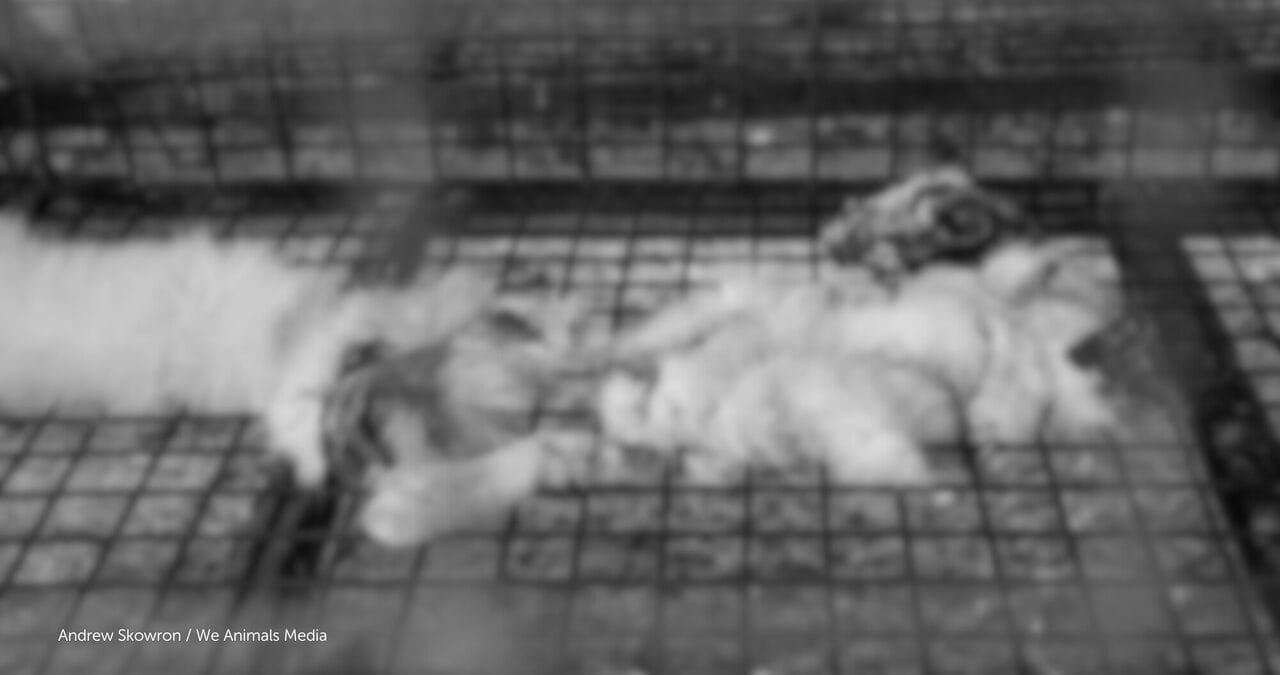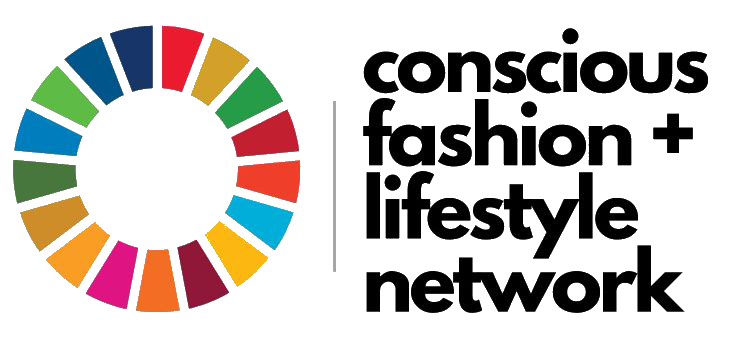ACTAsia’s Consumer Survey on Fur – is fur still a desirable commodity?
ACTAsia is passionate about reducing global fur consumption.
This multi-billion-pound industry is still continuing despite increasing positive sentiment towards fur free campaigns around the globe. China is the world’s biggest producer and consumer of animal fur products, so tracking consumer habits in China provides a vital insight into the industry.
ACTAsia’s consumer surveys are the first and most comprehensive studies in the world on the fur issue.
To better understand consumer habits, ACTAsia has commissioned independent surveys in China regarding fur usage between 2018-2023. The research included questionnaire surveys which were carried out in 2018, 2020, 2022 and face to face interviews in 2023. The consumer questionnaire survey polled over 1000 fur consumers from 6 different cities on each occasion. The survey sample were all women over the age of 18 years old with a minimum household income. In addition, over 4000 non fur consumers were also surveyed to compare behaviour pattens within the research period.

The results of the most recent survey were shared at ACTAsia’s 9th International Fur Free and Sustainable Fashion Festival in September 2023.
The surveys measure the changes in consumer attitude, behaviour and preferences towards fur in China. While public opinion on fur is changing, demand for fur products is still strong in certain sectors. This is in stark contrast to consumer habits in the west where public opinion towards the fur industry is negative.
ACTAsia’s latest survey results uncovered some worrying new trends. And if demand starts to rise so will production. This shows more work and support is needed in China and Asia regions to educate consumers.

This is how our respondents answered ACTAsia’s Fur Consumer Survey in 2022/23 in comparison with the findings in 2018 & 2020
What is fur?
Shockingly many respondents did not identify fur accessories or adornments as being fur products. 50-60% do not identify these products as being made of fur.
What type of fur do consumers buy?
Whilst fur consumption on the whole has reduced since ACTAsia’s surveys began, the most popular fur is still mink. 83% bought mink in 2018 but this plummeted to 34% in 2022.

The other fur products most purchased are fox, racoon dog and rabbit. The demand for fox and rabbit fur products has continued to fall but there has been an uptick in use of racoon dog fur due to its use for popular trims and accessories.
What are consumers top three fur products?
Traditionally a full-length fur coat was seen as the fur product of choice with 71% choosing this item in 2018. However, spending patterns have changed dramatically and this figure has fallen to 43% of respondents. Taking the top spot in our latest survey is fur accessories followed by coats with fur trim.
What are the top three reasons to purchase fur?
The trends here haven’t changed much since 2018. ‘Functionality and warmth’ is still number one. Appearance is also important as the second most cited reason and the material and feel of the product is the third reason.
City trends
Fur is still popular in major cities such as Beijing and northern cities such as Dalian where fur is traditionally worn to keep warm. However, consumers in the southern cities such as Wuhan and Chengdu – where it is warmer – are choosing to buy a greater number of fur accessories to satiate their desire to own a fur product that they consider fashionable.
Why do non-fur consumers choose not to purchase fur?
Functionality (too hot) and practicality (not washable or not practical as daily wear) were cited as the main reasons as to why those surveyed choose not to wear fur.
Which generation buys fur?
Previously our survey found that females ages 36-40 preferred full fur coats. But in the latest survey, young female consumers aged 26-30 had the strongest preference for full fur coats. The 18–25-year-olds are also choosing to buy more fur trim coats and shoes/boots. This data demonstrates a clear shift with younger consumers choosing to buy fur products for fashion reasons.
Awareness of the impact of fur on human health
When non-fur consumers were asked if real fur causes a threat to human health in our 2020 survey, 21% strongly agreed. However, in our latest survey this figure jumped to 61%, indicating that this group of consumers may have a better understanding of the health risks associated with wildlife trade and fur farming following the covid pandemic.
Education increases the willingness to go fur free
A very positive finding was that there is a willingness to go fur free as a result of ACTAsia’s education programmes. After being informed of the negative impact of fur farming on humans, animals and the environment, only 26% of respondents would continue to buy fur. This is down from 52% in 2018.
The percentage of consumers who stated that they will not buy fur again after learning about the industry and production methods held firm at 83-84%. This indicates that education surrounding the damaging impact of the fur industry is vital.

Additional survey of ‘heavy users’ of fur in China
ACTAsia also commissioned an independent agency to carry out an additional survey of so-called ‘heavy users’ of fur. The participants were interviewed to better comprehend their consumer habits and perception of fur. The interviews also questioned whether their mind set would change if they had a greater understanding of the fur industry. This group were all female from the cities of Dalian, Shanghai and Chengdu.
What drives heavy users of fur?
The top third of spenders on fur products are classified as ‘heavy users’. Looking good, being fashionable and loving the way fur feels are the main drivers for heavy users. Mink is the preferred type of fur for this group. Heavy users also chose to buy in person in order to feel the products and check the quality. In addition, our results found that the heavy users interviewed did not feel that there was an alternative to fur.
What do heavy users think of the fur industry?
Heavy users have a positive image of the fur industry due to a number of factors. Their perception is that: the industry is safe and legitimate because it is permitted by law, and that farming animals to be used for fur is no different from farming animals used for food.

ACTAsia’s Fur Consumer Survey revealed five key messages
- Consumers of fur and non-fur do expect more retailers to go fur free
- A revival in interest in fur from the younger generation – led by desire for fur trims and accessories for fashion reasons
- Geographically demand for fur has increased in southern cities who seek out fur as a desirable fashion commodity
- Heavy users have a different mindset towards fur usage and consumer habits are entrenched
- Education is effective in changing attitudes and spending patterns
You can watch ACTAsia’s Compassion in Fashion Forum: Fur Free for the Green Development of the Industry here!
If you’re inspired by our mission and wish to make a positive change, consider donating to ACTAsia. Your contribution directly fuels our efforts, ensuring that the ethical and sustainable message of fashion spreads even further. Help us further our cause and ensure a kinder future for animals, people, and our planet. Donate here
![ACTAsia [logo]](https://www.actasia.org/wp-content/themes/ACTAsia-2022-theme/assets/img/actasia-en-colour.svg)



